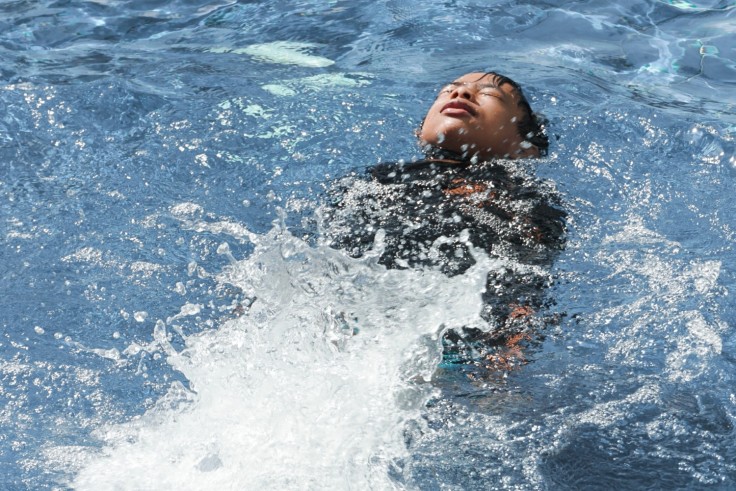
A 13-year-old boy, Caleb Ziegelbauer, was rushed to the emergency room after having hallucinations and headaches, symptoms of a rare case of "brain-eating amoeba." According to his parents, he started exhibiting the symptoms a week after he and his family took a trip to a beach in Port Charlotte, Florida, on July 1.
Doctors told the parents that Naegleria fowleri, commonly referred to as the "brain-eating amoeba," may have infected the young boy. The amoeba may have entered his nose before affecting his brain. Since he was admitted to the hospital, the inflammation in his brain had grown. A Facebook update about the boy explained that he has been in the intensive care unit (ICU) since July 16.
Dangers of brain-eating amoeba
According to WebMD, "brain-eating amoeba" was discovered in 1965. It thrives in warm freshwater bodies or untreated, contaminated waters. When it finds its way inside the human body, it causes a deadly infection, causing inflammation in the brain and eventually destroying brain cells. Doctors call the rare disease primary amebic meningoencephalitis (PAM). The Center for Disease Control and Prevention (CDC) said that from 1962 to 2021, there had been 154 PAM infections, with only four survivors.
Initial symptoms of PAM include headache, fever, vomiting, and stiff neck. Eventually, symptoms would consist of a lack of attention to people and surroundings. The infected patient also suffers from confusion, loss of balance, seizures, and hallucinations.
The symptoms appear two to 15 days after the amoeba enters the nose. Per records, death usually occurs three to seven days after the signs are spotted.
Health experts warn that brain-eating amoebas usually thrive in warm places like warm lakes, ponds, and rock pits. It also thrives in warm, slow-flowing rivers, untreated swimming pools, untreated well water, or aquariums.
In 2013, a four-year-old died from PAM after coming in contact with waterborne Naegleria fowleri amoeba while playing in a plastic toy water slide while visiting a home in Louisiana.
Caleb's case
The family and doctors are closely monitoring Caleb's case as only a few patients worldwide have been reported to have survived the infection. In a CNN interview with Dr. Dirk Haselow of the Arkansas Department of Health, the disease is one of the most severe infections, as 90 percent of the people who get the amoeba die.
As of Saturday, the boy is barely conscious as his body fights off the infection. Caleb's aunt, Katie Chiet, admitted that it was "lonely and isolating" because they did not know where they were with the disease's timeline. She added that they are at day 17, yet Caleb is still breathing on his own. They are at a loss if they are in the clear or still waiting for something else to happen. His other aunt, Elizabeth Ziegelbaur, said that Caleb is so strong, "fighting his little heart out on the inside."
As per WFLA, the public may minimize the risk of infection by keeping water out of the nose while swimming.